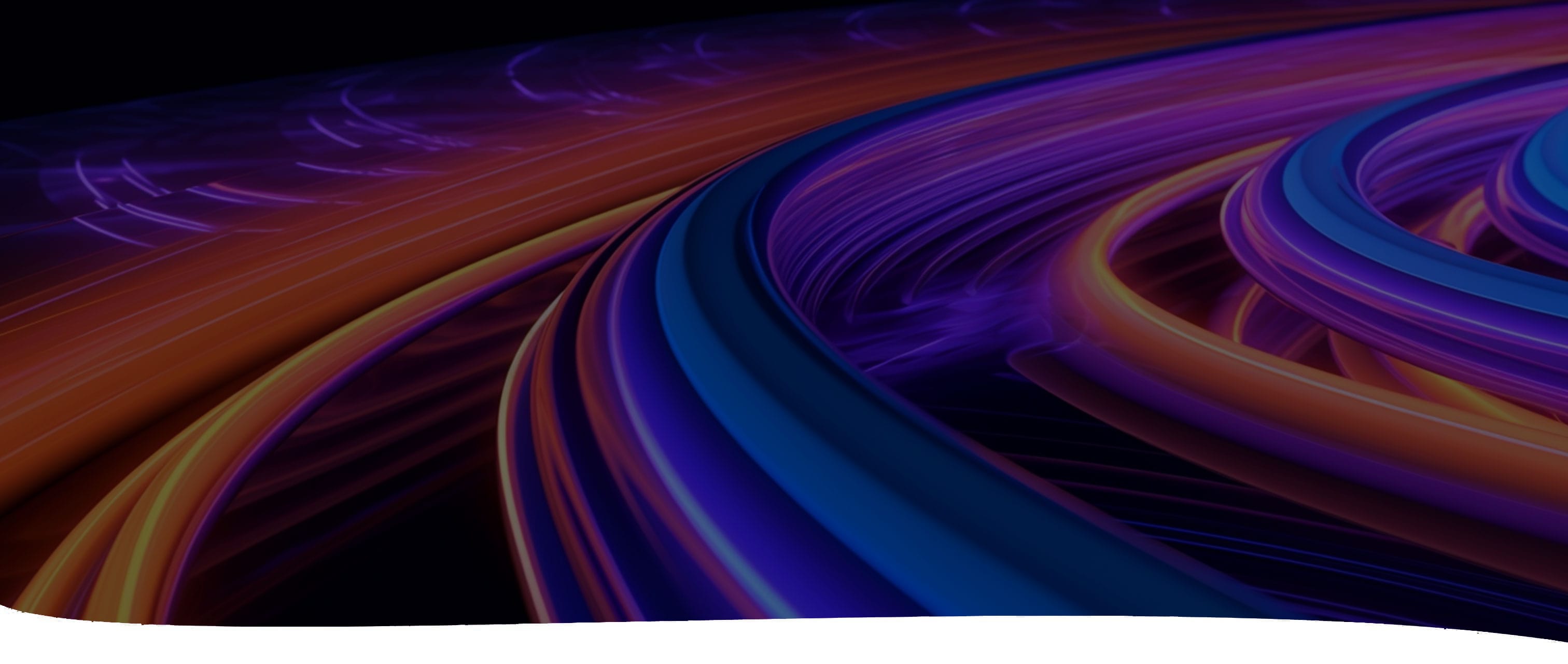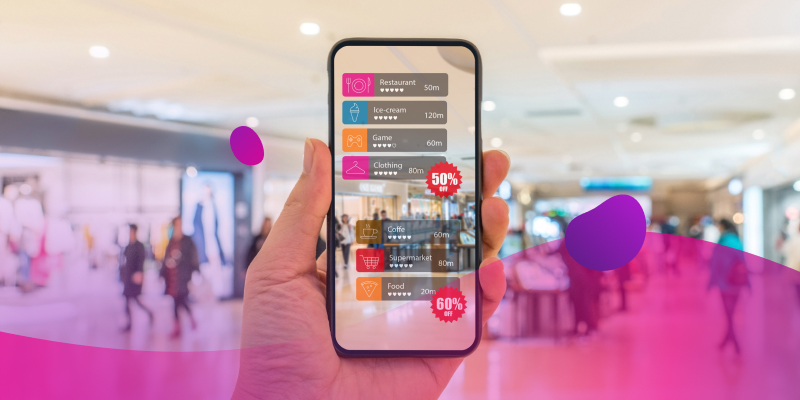TL;DR
Color isn’t just decoration—it’s a psychological trigger that shapes how consumers feel, react, and buy. From red’s urgency to blue’s calm, green’s sustainability, and purple’s luxury, each hue carries powerful associations that can elevate or derail your ad creative. The key is personalization: gather data, test color variations alongside copy and imagery, and use dynamic content to deliver the right emotional cues to the right audience. Brands that harness color psychology strategically don’t just catch the eye—they capture attention, trust, and conversions.
Have a favorite outfit? The color scheme is likely its most prominent aspect, ahead of style and fit. Color plays a major role in our mood, so it’s no wonder we have an entire scientific focus behind it.
Color psychology is the study of how color impacts consumer behavior. Although it’s not an exact science, color can influence emotional responses. In fact, it’s critical for product visibility and ad creative for brands to set the mood and share the right messages.
Getting Color Right in Ad Creative
People have personal associations and preferences regarding color, so marketers can’t make assumptions about how their creative will be perceived. It’s why big tech companies like Google are increasingly intertwining dynamic content with dynamic color (adjusting a UI color scheme based on the user's content, like their phone's wallpaper).
Put yourself in their shoes: Bright colors may feel painful to someone with a migraine, whereas trauma survivors develop associations with specific colors.
Gather actionable data about your customer base to ensure the success of your ad creative. Use dynamic content to multivariate test everything from ad copy to color variations and personalize ad experiences.
Color Psychology Principles
As you build your ads, consider how you might use color. Some uses may be a bit predictable, such as using red to create urgency for a sale, whereas others require innovative techniques, such as building brand-specific color associations.
Explore a few principles for core colors to guide your creative process.
Red
Seeing red? Warm colors increase your heart rate, triggering feelings of excitement and making you react faster. Give consumers a dopamine rush and foster a sense of urgency for sales and promotions by incorporating a dash of red into your ads.
Blue
Want to create feelings of serenity and calm? Cool colors like blue can make products feel safe, reliable, and even soothing.. Take your phone out of your pocket and look at the app icons. It’s no mistake that many of them are blue, as the hue has become increasingly popular among the biggest brands. Use this color in your advertising to ease anxiety.
Green
Though it's less used than blue, green triggers similar feelings of tranquility. It’s especially effective for soothing imagery with a bit of creative edge. Green also evokes thoughts of nature and the environment, aligning your brand with sustainability and animal welfare.
But using green in advertising can be a double-edged sword due to its association with wealth, greed, and envy. Overuse it, and you might convey the wrong message, triggering negative emotions that leave buyers feeling unsettled.
Purple
The color of royalty for generations, purple signals feelings of luxury, nobility, and pleasure. This makes it a popular choice for beauty products, political advertisements, and products and services in which discussions of wealth are key, such as wealth management firms.
But if you’re aiming to impart credibility, purple can help. As much as it evokes luxury, the hue also signals excellence for services, products, and customer experience.
Orange and Yellow
Signal youth, joy, optimism, and energy with these citrusy hues. Toy retailers and children’s brands (hello, Nickelodeon!) rely heavily on orange and yellow because they’re bright and childlike. Given their positive and fun nature, they can also be effective for nonprofits and startups trying to generate feelings of innovation and excitement.
Black and Gray
These neutral tones may be incredibly enticing, with black providing a contrast that is visually clean and appealing, and gray neutrals providing subtlety. Black and gray are particularly effective for logos, websites, and marketing emails. These colors suggest a blend of power, luxury, sophistication, and elegance, which is why they’re so common for fashion brands and tech companies.
But be mindful of how you use black in particular to convey the right tone. After all, shady characters in movies don’t wear pink cloaks. Black can come off as cold or dark.
Data, Color Psychology, and Getting Your Ad Campaign Right
Color psychology in ad creative can shift the vibe of your advertising, changing the tone and drawing new eyes to your content. Innervate helps you get the right message across with the ideal combination of color, copy, and imagery. Our platform empowers you to experiment and continuously test your ad creative so you can get better with each iteration.
Want to learn more about testing your ads? Explore the potential of <dynamic content>! We’ll show you how to maximize the performance of each campaign.





